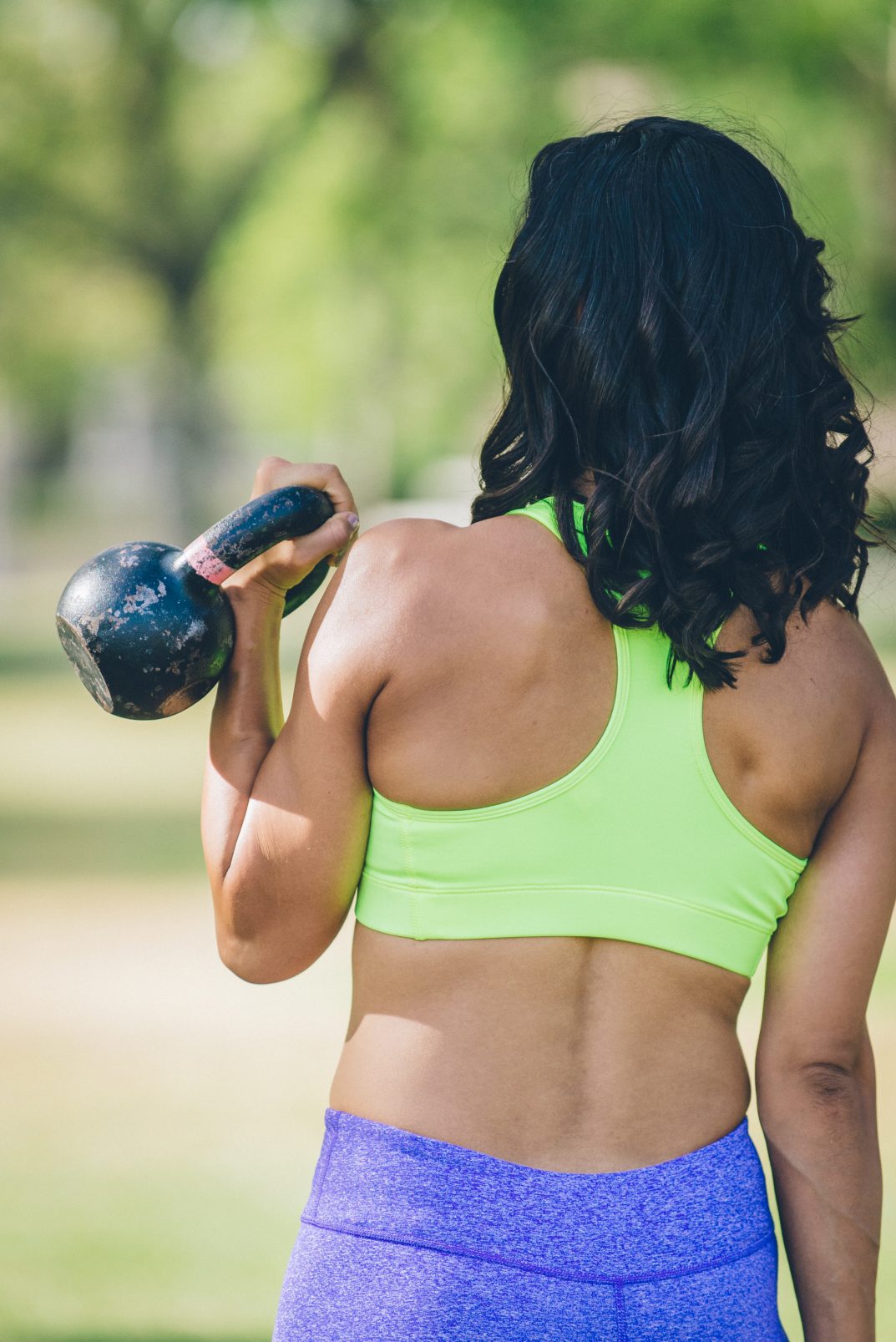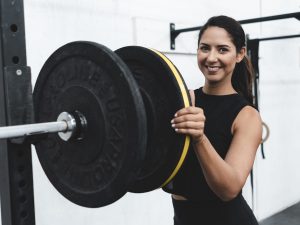When I speak to women about their training goals, they describe wanting to lose body fat and have a tighter, firmer physique with curves in just the right places. Their approach to achieve this, however, is counterproductive. They focus almost exclusively on cardio and end up plateauing or disappointed with their results.
Losing weight, or more accurately – losing body fat – is possible with a cardio-only, group-fitness class approach, but it doesn’t do what many women think it does. I’ve written about this here, here, and here. I’d argue that the programming in most group fitness classes like Orangetheory and Barry’s, are reasonable for the average gym goer. But therein lies the issue for these women. Their goals are not “average,”
Losing weight, or more accurately – losing body fat – is possible with a cardio-only, group-fitness class approach, but it doesn’t do what you think it does.
Recently, a friend of mine lamented how dissatisfied she felt with her body after putting in a great deal of consistent and hard effort for two months into her diet and workouts. She had successfully shed the weight, but underneath was what she described as “saggy skin” and a misshapen body.
Losing body fat only reveals what’s underneath – your muscles. To create the definition, tightness, lift, and firmness we all desire, requires a training strategy unique to you and the results you are after. My approach with female clients is to get them the following:
- Customized training program
- Application of progressive overload
- Strategic rest and recovery
- Eat enough to support the creation of that physique
READ: The Difference Between Fat loss vs. Weight Loss – It’s Not What You Think
I’m sharing below the exact advice I gave this friend and my approach with my female clientele over the years. Here’s the breakdown:
- Customized training program – A customized program is an absolute necessity if you have a specific goal, are just starting out, or have an injury/medical condition to work around. If you recently had a baby, it’s unlikely that I’ll put you under a barbell on Day 1 without an assessment or a medical clearance, while an active woman with 1-2 years of strength training experience will likely jump into barbell work in the first few weeks of our training. Then there’s the question of how many days a week should one train and at what volume or split. Again, this comes down to the individual, their schedule, and what is required to achieve their goal. Some of my female clients start off with 2-3 days of full-body training sessions (2 if they’re in-person or 3 if they’re online). Others prefer the 4 or 5-day training split which usually amounts to 2 lower/2u upper body splits or a 2 upper/3 lower body training split, respectively. If you’re asking “well which split is better?” then you, my dear, are asking the wrong question. Ask instead, “Where am I starting from? What is my current baseline and how much time do I realistically have?”
- Application of progressive overload – This implies that you are systematically increasing the load of your training sessions each week. This can be done through use of weights, volume, shorter rest periods, progression of an exercise, etc. It does not mean “more workouts” or always going to failure. For hypertrophy purposes, some exercises are conducive to lower rep ranges while others can handle higher volume. I like to prescribe a mixture of volume for glute hypertrophy and lower rep ranges (3-8) for compound lifts like squats and deadlifts. My clients will typically progress the load each week but in some cases, we keep the load the same but change the volume each week.
- Strategic rest and recovery – How well you recover from those hard bouts of training volume will dictate how much you progress. This is not a sit-on-the-couch-and-eat-chips all day option, but allowing the body to restore homeostasis. Strategic recovery for my clients require that they remain active. I prescribe a low-intensity 25-30 minutes on the bike, or a walk, a Pilates-based workout once or twice a week to work on core activation, stabilization and low-impact movement, or a sports massage when it’s possible. It’s also a day for dehydration, eating enough calories, and getting an adequate amount of sleep.
- Eat enough – I’m shocked by the amount of trainers that still prescribe their female clients 1,200-1,300 calories a day as if we aren’t full-grown adults. These are the same women who find themselves with low energy, low libido, adrenal issues, and whose progress stalls after a few months because they are starving. Like budgeting, there’s only so much you can cut out from your diet before it’s impossible to maintain. A better approach is to increase the calories with a customized macronutrient plan that fits your individual training volume, goals, and needs. While I don’t personally prescribe custom nutrition plans for my clients, I refer them to a number of trusted sources that will educate them on nutrition so they can continue to apply that knowledge until the end of time. You simply cannot create muscle definition without the right nutrition, and that is usually eating way more than you think.
READ: 10 Ways to Get Leaner and Stronger Starting Now
There’s no workaround – strength training is the most important component of a workout regimen if your goal is fat loss, performance, or athleticism. Muscle growth is driven by mechanical tension created by both force and tension. No amount of rowing or running on a treadmill will create the shape and definition you desire if that is part of your training goal.



